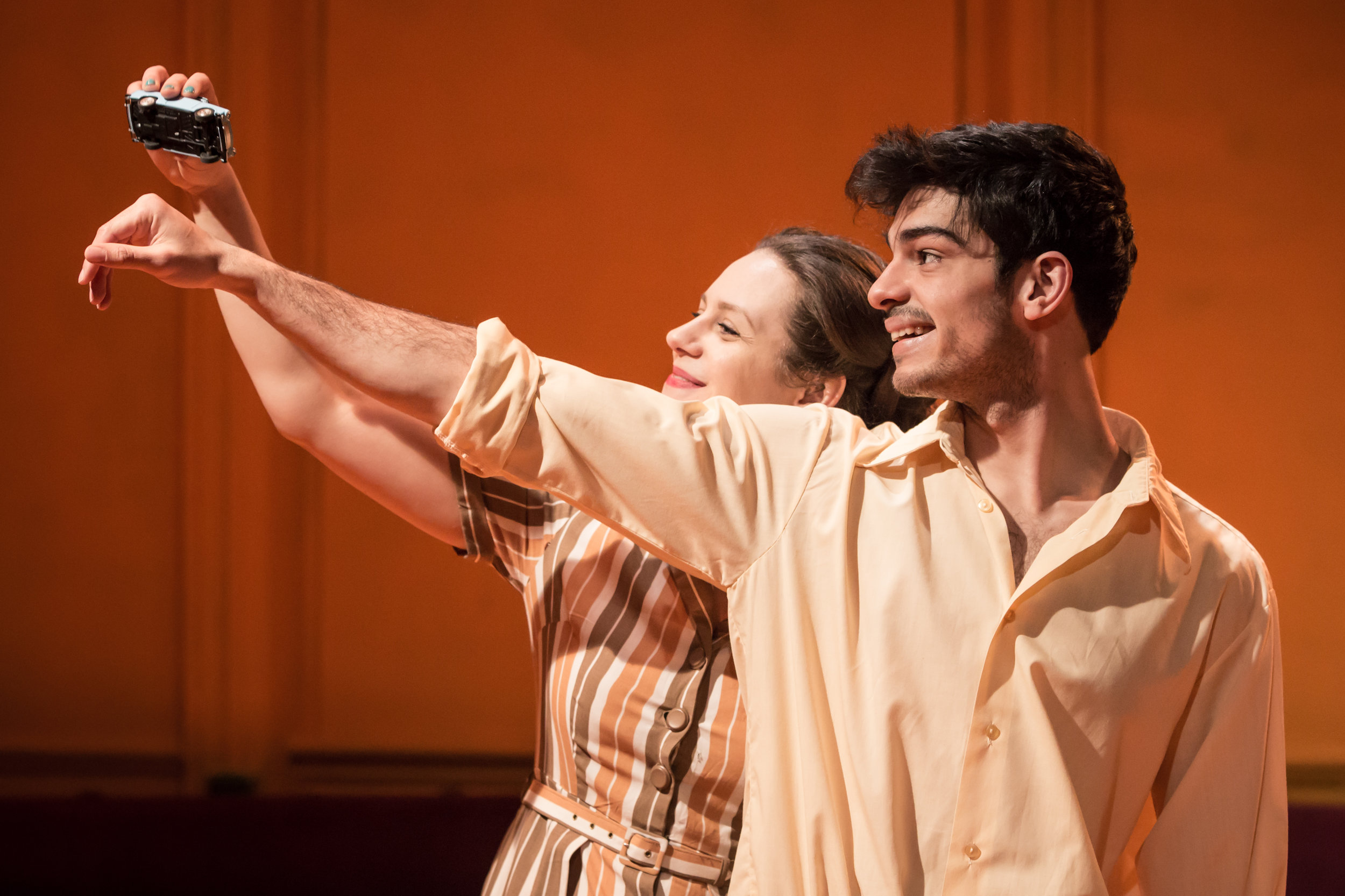A vivid parable personalising the cost of years of conflict
Had he not been killed by a car bomb in 1972, aged just 36, Palestinian intellectual and activist Ghassan Kanafani would have been an octogenarian. What would the highly-respected writer of the novella, Returning to Haifa, have made of the current situation and ongoing battles for the patch of the Middle East from which he, like the characters in his story, was exiled in 1948?
Adapted for the stage by Ismail Khalidi and Naomi Wallace, Kanafani's parable of this contested land is even-handed enough to explore the agony of both the exiled Palestinian couple and the Jewish widow, originally a refugee from Nazi-occupied Europe, who have conflicting claims to a house in Haifa, and to empathise with all of them. The widow Miriam’s salvation, the founding of the State of Israel, is the Nakba, the disaster, for Safiyya and Said, exiled in Ramallah.
But there is more. Kanafani’s masterstroke is to up the anti by adding a lost child to the equation to symbolise how much is at stake, recalling the Judgement of Solomon. As Safiyya and Said psych themselves up to return to Haifa in 1967, when the borders reopen after the Six Day War, they agonise over their baby son, lost in the confusion of their escape. Miriam and her late husband got to adopt a baby boy found in the rubble of the fighting. Where do the loyalties of the young IDF soldier, born Khalid and brought up as Dov, lie now?
If this comes over as fantastical, it is none the less moving or thought-provoking for that. The action shifts between the late 40s and 1967, to explore actions, memory and consequences. Director Caitlin McLeod sets it in the round so audience members see different perspectives of the actors, their actions and reactions.
What lifts it to transcend the formulaic is designer Rosie Elnile’s vision for the set. She divides her saffron-coloured chamber with a swishing gauze curtain so effectively that the audience on one side is often unaware of that on the other, symbolically dividing our loyalties too. The curtain makes it harder for characters to perceive each other’s conflicting perspectives; and it serves as a vivid symbol of the confusion (literally) on the ground. It also symbolises the confusion of conflicting memories, allowing the action to shift in time. Saffiya and Said’s younger selves exist in the same space, though effectively separated.
Myriam Acharki’s Safiyya and Ammar Haj Ahmad’s Said vividly portray the different ways their grief, rage, guilt and loss affect them, sometimes separating them as much from each other as from Marlene Sidaway’s steely Miriam. Clad in active-service combats, Ethan Kai’s Dov captures the swagger of the IDF soldier, a chill wind that blows no good to his birth parents. His doubling as young Said adds to the ambiguity of his scenes with Leila Ayad’s young Saffiya. Bringing this important voice to the stage this anniversary year could not be more timely.
By Judi Herman
Photos by Scott Rylander
Returning to Haifa runs until Saturday 24 March. 7.30pm (Tue-Sat), 3pm (Sun only; plus Sat from 10 Mar). £16-£18, £14-£16 concs. Finborough Theatre, SW10 9ED. www.finboroughtheatre.co.uk



